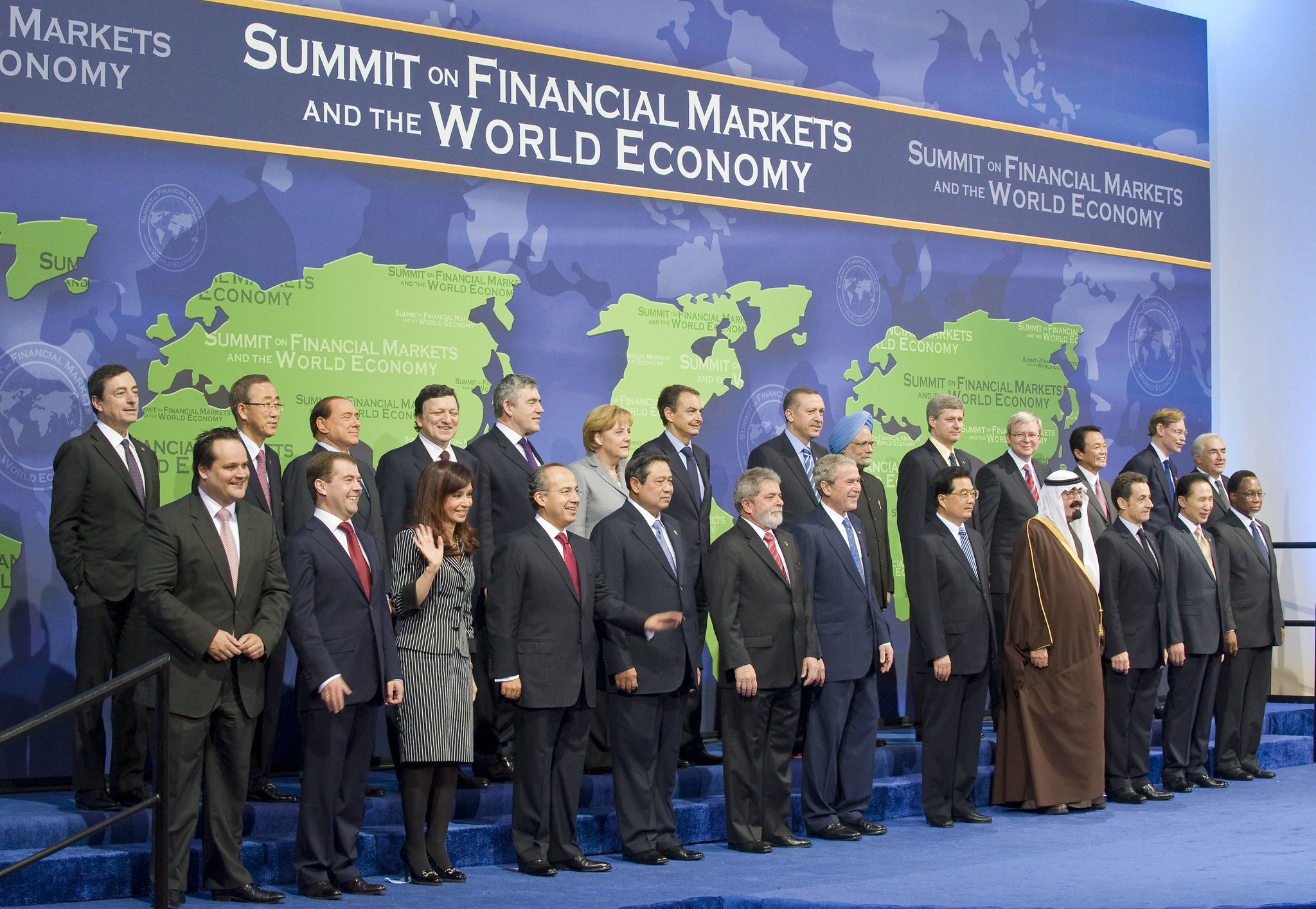
People & Purpose
2008 Financial Crisis – Broadcast Strategy & Public Reassurance
Date: 2008–2009 Duration: 12 months
Organisation HM Treasury
Impact Narratives: Moments That Mattered, Legacy in Action, Calm Authority; Public Reassurance Engineered
Overview
Development and implementation of a rigorous public-facing broadcast strategy at the height of the 2008 financial crisis—translating technical rescue measures into clear, confidence-inspiring narratives and images to guide markets and the public through unprecedented economic turmoil.
Focus Areas
Broadcast Strategy
Crisis Comms
Messaging Design
Editorial Coordination
Economic Narrative Control
The Challenge
To preserve market stability and maintain public trust amid unprecedented bank nationalisations and credit freeze - ensuring that every broadcast moment and media statement from Number 11 conveyed authoritative competence and moral clarity.
The Approach
I devised a tiered communications architecture: immediate doorstep-style interviews to address breaking developments; sequenced ministerial briefing packages timed to coincide with landmark policy announcements; explainer segments across television and radio to demystify bank recapitalisation, liquidity facilities, and fiscal backstops; and bespoke briefing sessions for top economic journalists to prevent misinterpretation. Concurrently, I coordinated media engagement in both the UK and US, managing interview schedules, embedding Treasury spokespeople in key programmes, and orchestrating off-camera prep sessions to refine messaging.
The Outcome
The communications strategy became a touchstone of authority amid chaos. Chancellor Alistair Darling’s calm, measured broadcasts were retrospectively praised by financial commentators and parliamentary reviews for restoring public confidence and providing a coherent narrative when uncertainty was at its peak. Analysts noted that the UK’s disciplined messaging contrasted sharply with more fragmented international responses, contributing to earlier stabilization in key market indicators and averting a deeper confidence crisis. Crucially, the approach influenced subsequent EU and G20 guidelines on crisis communication, cementing Darling’s legacy as a model of steady leadership under pressure.




